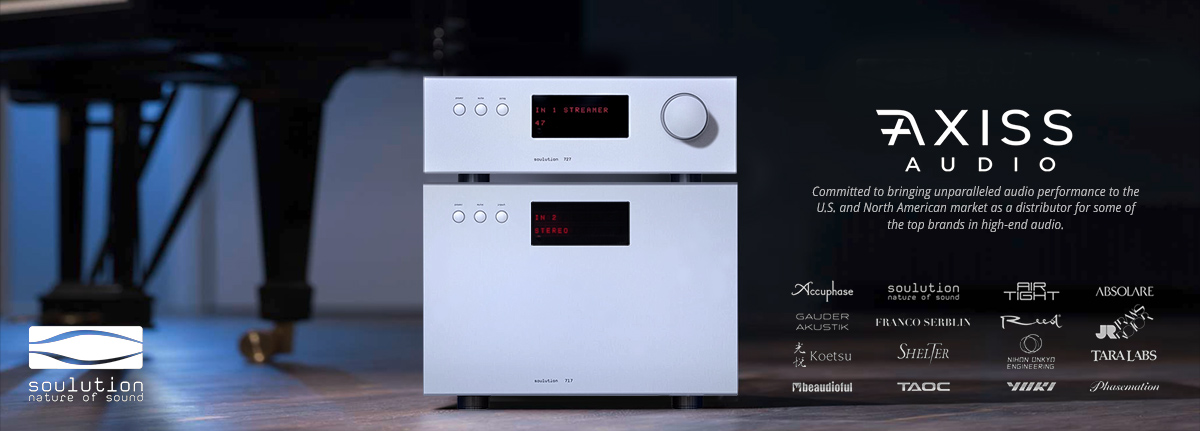Sorry Miles for my imprecise question (and thanks for your detailed answer btw) but I was referring specifically to bybees.
What do you know about the Bybee story? Do u believe its a fiction? I am assuming so....
Sorry Miles for my imprecise question (and thanks for your detailed answer btw) but I was referring specifically to bybees.
What do you know about the Bybee story? Do u believe its a fiction? I am assuming so....
Classified
My name is Dale Pitcher. I was the director of engineering for Essence when the amplifier that started this thread was developed and marketed. The Generation III amplifiers were the most advanced amplifiers built by Essence. Only eight were built - basically because they were too complicated to put on any type of assembly line. I will post much more detailed information on this specific product soon.
I also have substantial insight on how the military and aerospace industry (as well as universities) have made significant technologies, information and materials available to audio companies and designers. I will post some of the ways I have seen this and will also address other posts on this thread.
Let me add my warm welcome to WBF Dale. Look forward to your continued participation.My name is Dale Pitcher. I was the director of engineering for Essence when the amplifier that started this thread was developed and marketed. The Generation III amplifiers were the most advanced amplifiers built by Essence. Only eight were built - basically because they were too complicated to put on any type of assembly line. I will post much more detailed information on this specific product soon.
I also have substantial insight on how the military and aerospace industry (as well as universities) have made significant technologies, information and materials available to audio companies and designers. I will post some of the ways I have seen this and will also address other posts on this thread.
It is a fact that government funded research, military or otherwise, sometimes* benefits commercial interests. That's one of the first slides researchers show when groveling for grants. It's still utterly ridiculous to push a product claiming, "50% of the parts inside are military secrets. Parts are encapsulated in powdered quartz to sheild RF and make it impossible to steal technology." That is worthy of scorn and there is no way you can worm your way out of it. Scorn! Scorn! Scorn! There, take your licks. Don't spend too much time regretting it. Just don't do it again.
I have never seen this site so offer me grace as I learn.
I am the one that placed the Craig's list ad and was quite surprised that audiophiles look at these sites. My goal was to expose people that consider Kenwood to be high end to a world they don't realize that exists.
First off, over the years I have never heard anything but praise from the mouth of Dale Pitcher towards Shunyata. Regarding my claims in the ad. I stand by them. I have sold high end for 33 years with a very wide range of products that later became legends. Hafler, Futterman, NYAL, Lazurous, Berning, Goetz, Counterpoint, just to name a few.
I have yet to hear any amp do so many things so well hooked to so many speakers. As I stated in the ad, there are a handful of "perfect matches" that will always be the exception. My statement about "50% parts are military secrets" is a generalization. I don't know exact percentages nor do I know if some are no longer secrets now vs. 10 years ago when it was built. My statement about the parts being encapsulated in Quartz and resin for RF shielding and to prevent people stealing the design is true based on what I have been told over the years.
Anyone is welcome to email me further.
Thanks for listening.
| Steve Williams Site Founder | Site Owner | Administrator | Ron Resnick Site Owner | Administrator | Julian (The Fixer) Website Build | Marketing Managersing |
















